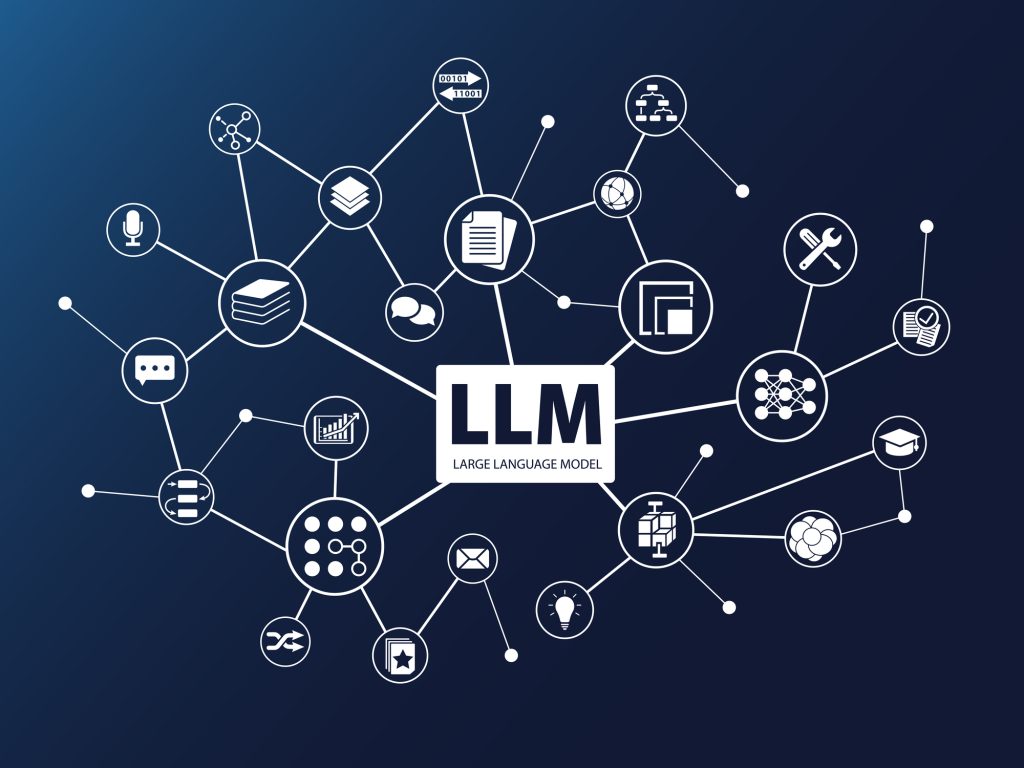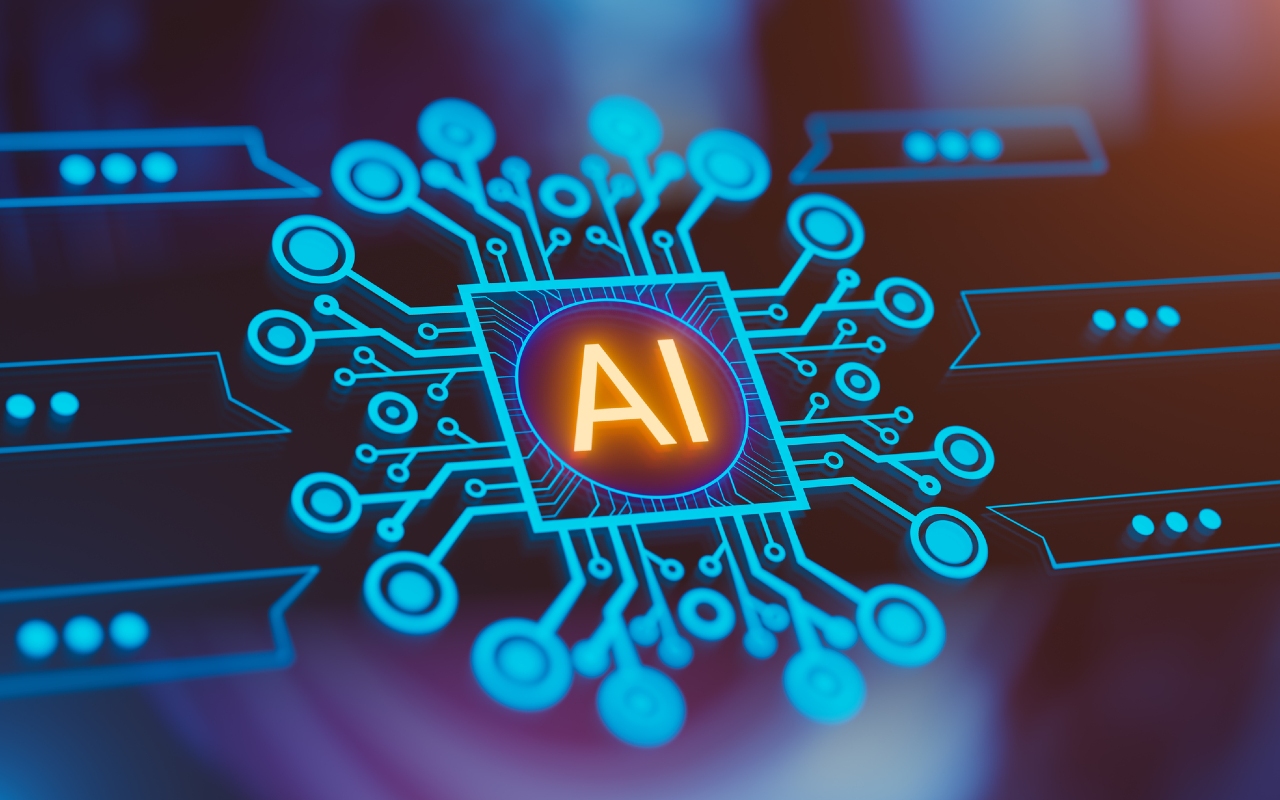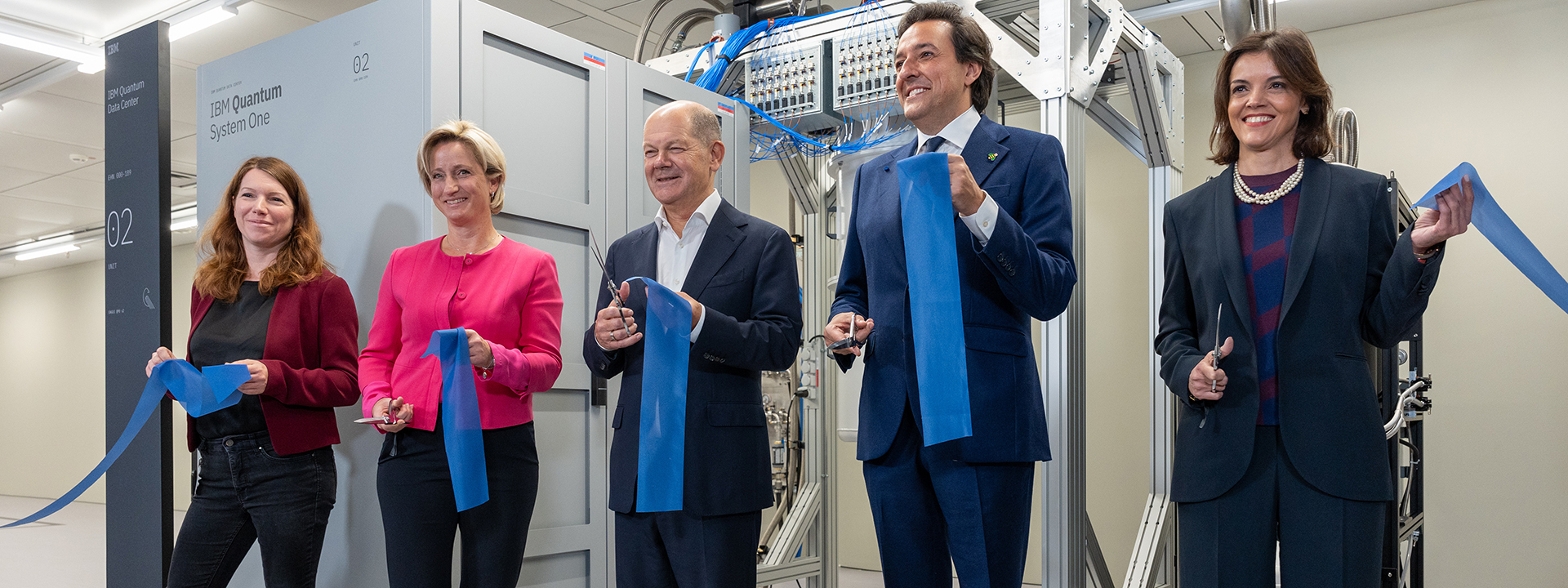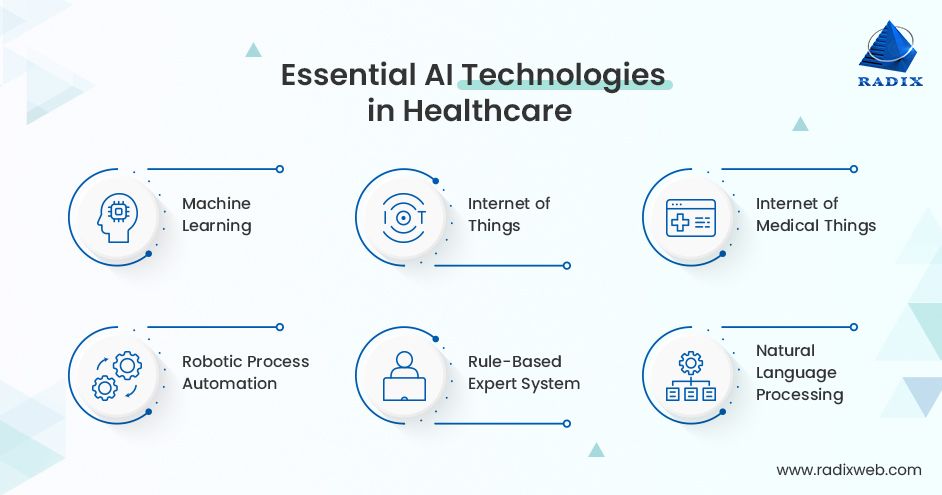
Unveiling the Future: The Transformative Power of Large Language Models
Large language models (LLMs) have become a focal point of modern artificial intelligence research and development, significantly influencing various sectors from academia to enterprise. Their potential is not just in processing language but in forging new pathways for creativity and problem-solving.
The Rise of LLM Technology
The integration of transformer architectures has revolutionized how machines understand and generate human language. Unlike traditional models, LLMs utilize vast datasets and advanced algorithms to learn contextual relationships, leading to a richer and more nuanced comprehension of language. This advancement has sparked a wave of innovation, prompting industry leaders to explore applications that were once thought to be the domain of science fiction.
As these technologies evolve, they are opening doors to automation possibilities that could change the work landscape drastically. From content creation to coding, the implications are profound for productivity and efficiency.
 The evolution of language models: a glimpse into the future.
The evolution of language models: a glimpse into the future.
Bridging the Gap Between Code and Consciousness
One of the most compelling aspects of LLMs is their ability to mimic certain elements of human thought processes. This capability has led researchers to ponder deeper questions about the nature of consciousness and machine intelligence. How close are we to machines that not only process information but also carry out tasks that require a level of understanding akin to human thought?
This inquiry reflects a broader trend in AI towards creating systems that can engage in creative processes—generating poetry, visual art, and even music. Each advancement brings us closer to the potential of machines that transcend their programming, creating works that resonate on an emotional level.
Ethical Considerations and Challenges Ahead
With great power comes great responsibility. As LLMs become integrated into more aspects of society, ethical considerations around their use and the implications of their outputs become paramount. Issues related to bias, misinformation, and the potential for manipulation must be addressed proactively.
Experts advocate for transparency in AI development, emphasizing the need for diverse datasets and rigorous testing to mitigate biases ingrained within these systems. Collaborative efforts from policymakers, researchers, and technologists will be crucial in shaping a future where AI tools empower individuals without compromising ethical standards.
“The challenge lies not only in the technology itself but in ensuring it serves humanity positively,” emphasizes an industry expert.
The Role of LLMs in Innovation
Innovative applications of LLMs extend beyond traditional use cases. Organizations are leveraging these technologies to enhance user experience, drive engagement, and improve accessibility to information. For example, personalized learning experiences powered by LLMs can cater to individual student needs, creating a more inclusive educational environment.
In the corporate sector, LLMs contribute to streamlining operations and enhancing decision-making processes. They enable data analysis at an unprecedented scale, providing insights that can lead to smarter business strategies.
 Innovation powered by AI language models.
Innovation powered by AI language models.
Looking Ahead: The Future of LLMs
As we stand on the brink of this technological revolution, the outlook for LLMs is both exciting and uncertain. Ongoing research is focusing on fine-tuning these models to improve their understanding and generation of language while exploring the ethical landscapes they inhabit.
The trajectory of LLMs suggests that they will become even more instrumental in shaping our interaction with technology. Continuous advancement in computing power and algorithm refinement promises a future where language models not only assist but also enrich human experiences.
In conclusion, the journey of large language models is just beginning. As they evolve, they hold the potential to redefine our relationship with technology, fostering collaboration between humans and machines in ways that previously existed only in our imagination. The next chapter in AI is set to unfold, and it is up to us to guide its development responsibly and creatively.















